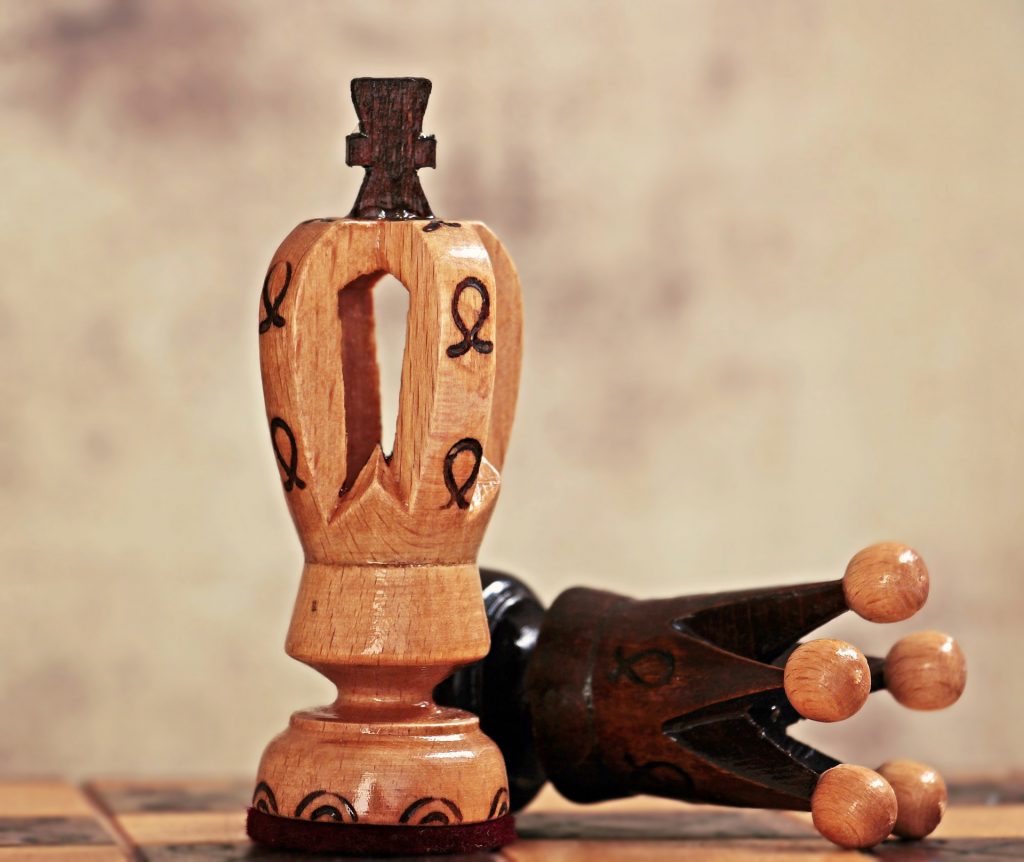We’re tackling how to manage sources of conflict on both today’s #worldbuildingMonday post as well as this Friday’s #GMAdvice post.
From a worldbuilder’s point of view, because conflict in your world oftentimes drive downstream plot progression, identifying and managing sources of those various types of conflict is an important step you’ll be taking. Below are two main factors to keep in mind when designing those conflict sources:
- Level of Difficulty: Ask yourself “what if the players try to solve this conflict?” and make sure when you’re designing said conflict that you have a pulse on how difficult solving it might be for the players. Categorize in T-Shirt sizes: Small, Medium, Large, and X-Large and give yourself freedom and flexibility to be creative within those boundaries.
That way, you’re able where applicable to set expectations with your players accordingly. That process reduces unnecessary TPKs (total party kills) and fairly empowers players to make informed decisions.
- Relationship between People/Faction(s) and the Sources of Conflict: Think of Romeo and Juliet and the Montagues and Capulets. We’re told by Shakespeare that there’s an unyielding historic animosity between the two families. And it’s that conflict that colors all of Romeo and Juliet’s relationship: you know Romeo is a Montague and Juliet is a Capulet and that tumultuous relationship is the backbone of the plot. Montagues don’t fraternize with Capulets and certainly don’t fall in love with them! Star-crossed lovers indeed…
Use that example to help guide how you structure your factions, people, loyalties, and the maneuvering between them all in your cities, cultures, and peoples. There will be a multitude of these complex factors in the world of your tabletop role playing game. But mapping them out during worldbuilding is what makes good played stories great!

